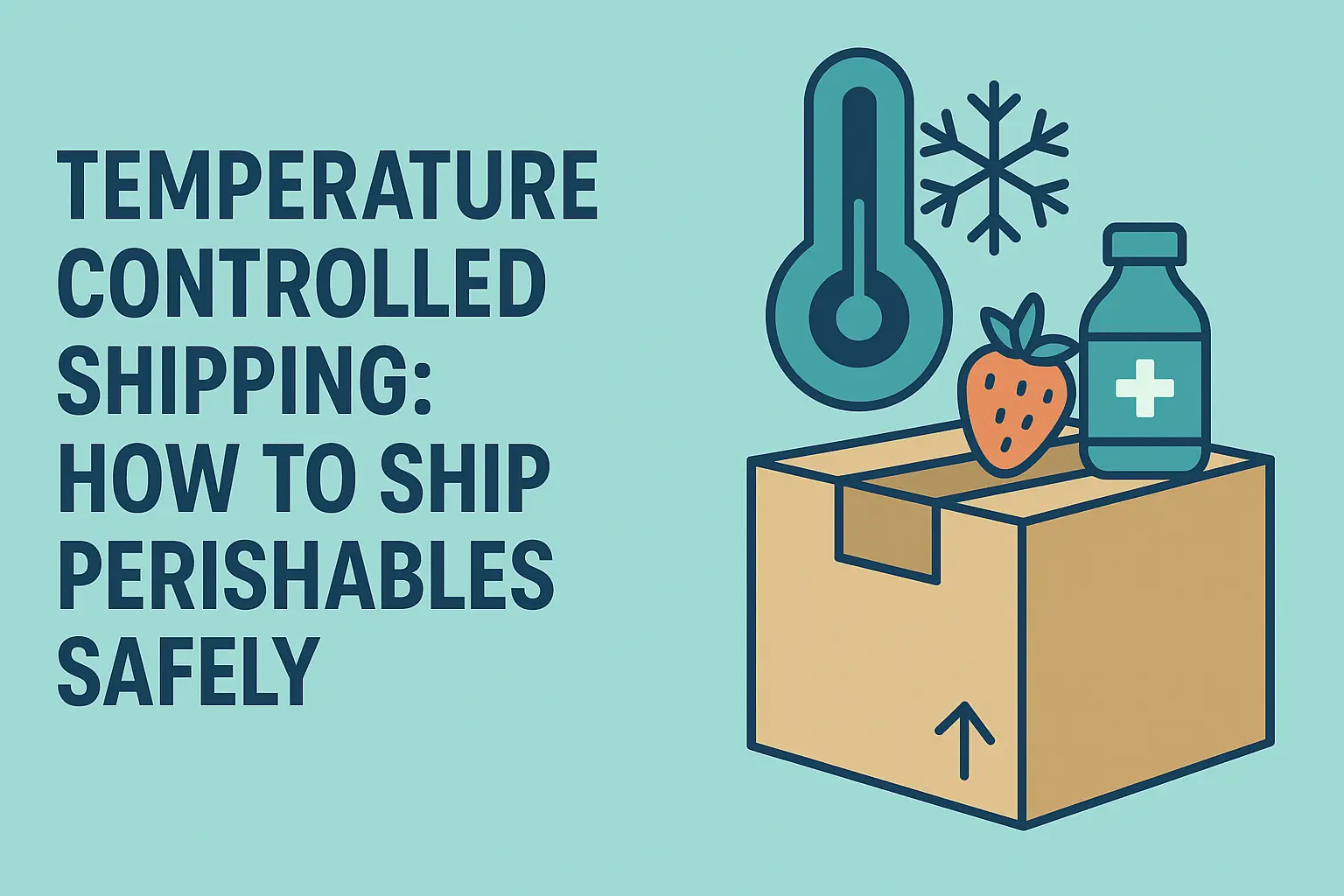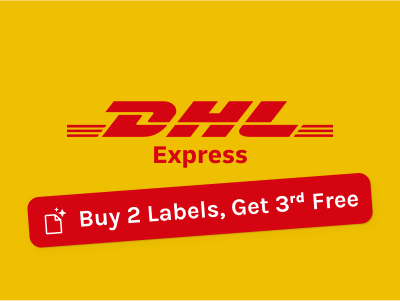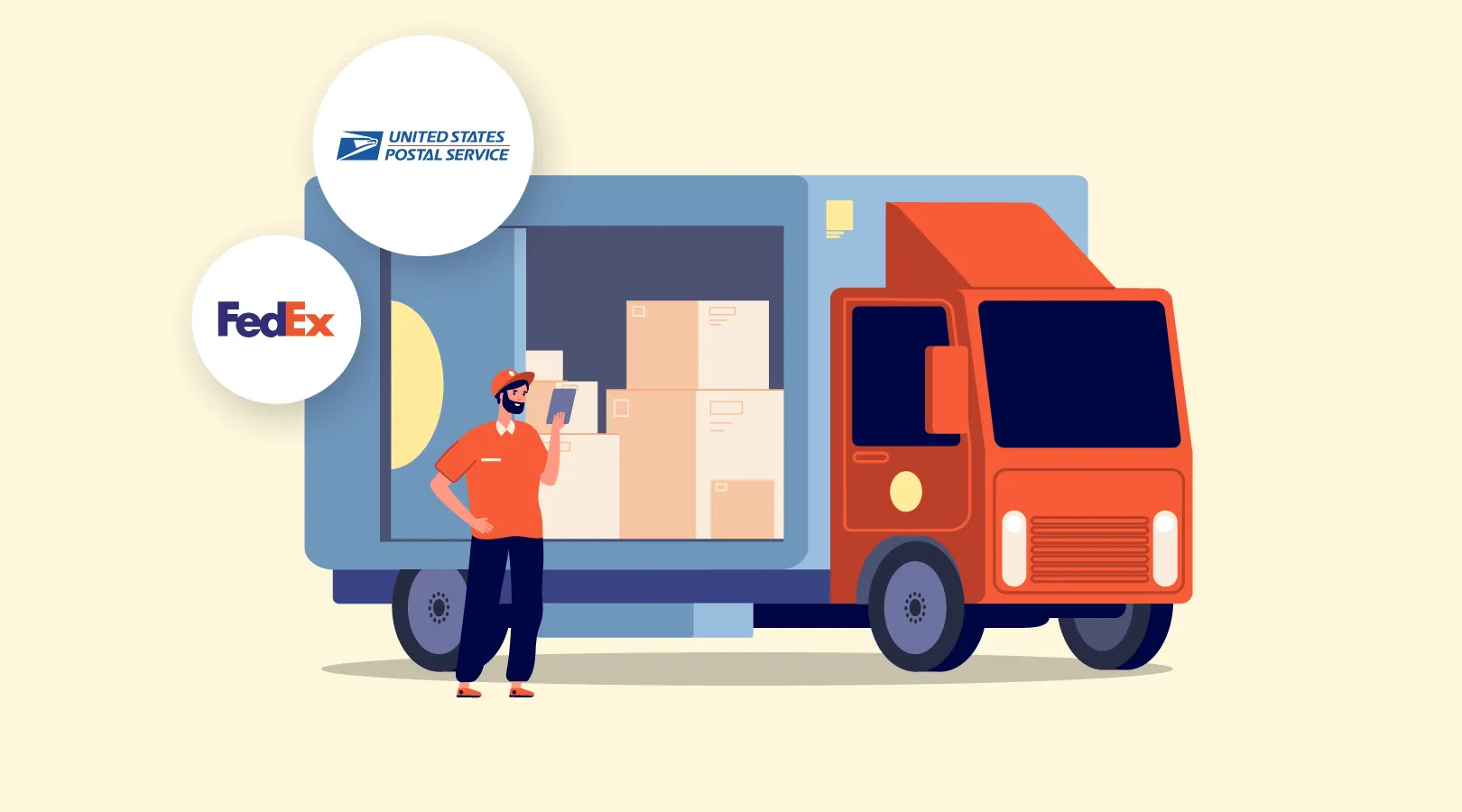If your products wilt, melt, or spoil, shipping is not just pick, pack, and label. It is a temperature promise across your supply chain. Get that promise right and you protect margins, reviews, and repeat orders. Miss it and you pay in refunds and brand trust.
This guide demystifies temperature controlled shipping for merchants who sell food, beauty, wellness, and other temperature sensitive items. You will learn the temperature ranges, temperature controlled packaging, coolants, modes, compliance basics, and how to monitor temperature data for increased visibility without blowing your budget.
What Is Temperature Controlled Shipping, And Why Does It Matter For Online Merchants?
Temperature controlled shipping keeps products within a set temperature range from your pack station to your customer’s door. Think controlled room temperature (often used for room temperature shipping), chilled, frozen, or deep frozen for specialized goods. The goal is simple: prevent excursions that harm product integrity and safety.
For small teams, the payoffs are real. Fewer spoilage claims, fewer support tickets, steadier reviews. Build a simple standard operating process that defines the setpoint, pack out, monitoring, and what counts as pass or fail at delivery so every order arrives in top condition.
Temperature control is a door-to-door commitment to protect quality. Clear SOPs reduce loss, improve efficiency, and standardize decisions at scale.
Which Temperature Ranges Apply To Common Ecommerce Products?
Most merchants work with four bands in temperature controlled logistics:
- Controlled room temperature: about 20 to 25 °C, with short excursions between 15 and 30 °C allowed for many labeled goods
- Chilled: about 2 to 8 °C
- Frozen: at or below about minus 18 °C
- Deep frozen: at or below about minus 60 °C for select medical materials or specialty items
Map products to ranges and plan for seasonality. For example, food products like chocolate may need summer room temperature pack outs, while fresh meal kits require 2 to 8 °C. For pharmaceutical products and certain medicines, follow labeled temperature requirements aligned with Good Distribution Practices and related guidance.
Know the range your product needs, then right-size insulation and coolant by season and route to avoid both over-engineering and under-protection.
How Does Temperature Controlled Shipping Work End To End, From Pack Out To Proof Of Delivery?
Start by preconditioning materials, building the validated pack out, and choosing a service level that aligns with hold time. Add an indicator or logger so you can capture temperature data across transit. Plan transportation around weather and avoid weekend dwellings where possible.
At delivery, verify quickly: scan logger data if used, inspect coolant and seals, then record any exceptions. This audit trail supports replacements, insurance, and continuous improvement across your distribution network.
Precondition, pack, pick the right service, and verify on arrival. A short acceptance checklist closes the loop and limits disputes.
When Should I Use Passive Packaging Versus Active, Powered Solutions?
Passive solutions use insulation and coolants. They are cost-effective for parcels and short to mid-duration moves. Active solutions are powered containers, reefers, or climate controlled vehicles that maintain a setpoint and are worth it for long, hot, or high-value sensitive shipments.
Use a simple decision lens: product stability, route duration, ambient risk, and value at risk. Hybrid tactics like mid-route re-icing can extend passive performance without committing to powered gear.
When To Upgrade Your Controls
Use this quick checklist when deciding to move from passive to hybrid or powered options:
- Route Duration: Transit plus potential dwell exceeds your validated pack-out hold time.
- Ambient Risk: Forecasts show heat waves or cold snaps on the lane during your ship window.
- Value At Risk: High order value or low tolerance for loss makes a failure too costly.
- Stability Data: The product has tight limits or allows minimal excursions.
- Intervention Options: No practical re-icing, cross-dock, or weekend avoidance is available on this lane.
- Performance History: Logger data shows repeated near-fails or claims on similar routes.
- Customer Promise: Delivery time or quality guarantees require added protection to meet SLAs.
Remember to use passive for most parcel lanes and step up to powered gear only when duration, weather, or value demands it. A simple checklist turns guesswork into consistent, defensible decisions.
What Packaging And Coolants Should I Choose?
Pick insulation for performance and size, choose gels or PCMs for chilled and dry ice for frozen foods, then precondition and label correctly to get the hold time you expect.
Your right packaging does as much for protection as your service choice. While containers matter, the materials and coolants regulate the internal temperature that keeps perishable goods safe.
Insulation Choices That Balance Protection And Cost
Expanded polystyrene is inexpensive and bulky. Vacuum insulated panels deliver high performance with smaller size but cost more. Match the box to your billed weight and refrigeration needs, and consider environmental impact when selecting reusable options and cold storage workflows.
Coolant Basics Without The Guesswork
Gel packs and phase-change materials buffer chilled ranges and work well with chilled boxes. Dry ice keeps contents frozen without meltwater, but follow handling and labeling rules, especially for air and international transportation.
Labeling And Safety For Dry Ice
Packages must vent gas and show the proper name, UN number, and net weight of dry ice in kilograms. Confirm compliance with current international standards before air or cross-border shipping.
How Do I Ship Frozen Items Safely Without Product Damage Or Delays?
A pair strong insulation with dry ice, select fast services, and avoid weekend holds. A small delivery checklist reduces support tickets and refunds.
Keep it simple. Use high-performance insulation, enough dry ice or ultra-cold PCMs, and the fastest practical service. Ship early in the week to avoid weekend dwell. Place the refrigerant above the product so cold air sinks through the load.
Set expectations at delivery. Include a short acceptance checklist and guidance on what to do if an item is slightly softened but still within acceptable exposure.
Which Modes Fit Temperature Controlled Shipments: Parcel, Reefer LTL Or FTL, Air Freight, Or Ocean?
Parcel fits direct-to-consumer orders and samples. Refrigerated shipping via reefer LTL or FTL is best for pallets. Air improves speed when shelf life is tight. Ocean reefers work for bulk replenishment on stable lanes.
Match the mode to shelf life, value density, and season. Always confirm hub dwell realities and service availability during heat waves or cold snaps in your logistics plan.
Which Industries Use Temperature Controlled Shipping, And Why?
Here’s a list of industries that are most likely to deploy temperature controlled shipping.
Food And Beverage
Perishable food quickly degrades outside safe limits. Chilled or frozen holds texture, flavor, and quality from your pack station to the door.
Health And Wellness, Pharmaceuticals, And Biotech
Many pharmaceuticals and related goods require controlled room temperature or chilled ranges. Consistent temperatures protect efficacy and support Good Distribution Practices.
Cosmetics And Beauty
Beauty products such as serums, balms, and masks can separate or degrade with heat. Controlled environments maintain product integrity through summer routes.
Floral And Plants
Heat and cold damage delicate stems and buds. Short, chilled windows and fast services maintain freshness and reduce waste on delivery.
Specialty Chemicals And Lab Supplies
Certain reagents and sensitive items are heat- or freeze-sensitive. Defined ranges and proper labeling prevent spoilage and non-compliance.
Select Electronics And Batteries
Some electronics dislike high cold temperatures or heat. Controlled shipping reduces returns and performance complaints.
Gourmet And Specialty Foods
Premium chocolates and confectionery often need room-temperature solutions with summer pack outs to avoid bloom and texture changes.
Different sectors rely on temperature controlled environments to protect value and meet compliance needs. Match each product’s sensitivity to the right range and service.
How Do I Monitor Shipments And Document Compliance?
Start with low-cost indicators or digital loggers to collect temperature data. Use real-time devices when the value or risk warrants it so you can intervene mid-lane with a re-ice or redirect—delivering increased visibility for temperature sensitive shipments.
Set acceptance criteria in plain language. Define pass and fail thresholds and corrective actions. Store data by lane and review trends quarterly so you can refine pack outs and solutions rather than repeat the same losses.
Use indicators for most lanes and real-time devices for high-risk moves. Clear pass/fail rules plus trend reviews turn data into fewer claims.
What Regulations And Paperwork Matter For Merchants?
For food products, Hazard Analysis and Critical Control Points applies from production through distribution. For health products, Good Distribution Practices guide storage and transport. Dry ice is regulated as a dangerous good with specific packaging and marking rules.
International moves can add declarations and labeling. Align pack-out instructions, safety data sheets where required, and labels before you ship to protect customers and meet compliance.
It is important to know the basics: food uses HACCP, health products follow GDP, and dry ice has specific rules. Prepare labels and documents before the first shipment.
How Much Dry Ice Should I Use For A Frozen Parcel Lane?
Most teams start with a rule of thumb like five to ten pounds per twenty-four hours, then adjust by box size, insulation, ambient heat, and product mass. Heavier loads hold cold better, while empty space warms faster. Always leave vent paths so gas escapes and never make an airtight shipper.
Pilot one lane, log temperatures, and adjust the ice weight or liner thickness before scaling to more regions.
Summary: Begin with a simple per-day estimate, then test and tune for your box, route, and season. Always allow venting and validate before rollout.
Can I Ship Frozen And Chilled In The Same Box?
Yes, but separate the zones. Keep the dry ice in a top cavity and use a divider or tray so frozen air sinks without flash-freezing the chilled items. Buffer the chilled zone with cold packs or phase-change materials. Mixed loads are a good use case for real-time temperature logging.
Summary: Use a divider to isolate frozen and chilled zones. Place dry ice above, buffer the chilled area, and consider a logger to validate the mixed pack out.
Make Temperature Controlled Shipping Easier
Temperature control does not require a lab or a warehouse full of powered containers. It takes the right range, a validated pack out, and discipline in planning and verification. Start small, test one lane, write down what works, and scale.
With the right packaging, mode choice, and monitoring, you can protect sensitive shipments while keeping costs predictable and customer happiness high.
FAQs
What temperature range counts as controlled room temperature?
Often about 20 to 25 °C, with brief excursions between 15 and 30 °C allowed for many labeled goods.
Do I need a data logger for every shipment?
Not always. Use indicators or loggers on higher-risk lanes or new pack outs, then standardize once you validate results.
Can I ship with wet ice?
It is possible, but gel packs or phase change are usually cleaner for parcels. If you must use wet ice, follow absorbent and leak-prevention guidance.
What is the safest way to place dry ice in the box?
Position dry ice above the product so cold air sinks. Leave a vent path for gas and avoid direct contact with packaging.
How do I avoid weekend dwell?
Ship early in the week, select services that arrive before Friday, and adjust for holidays or weather advisories.
What paperwork applies when I use dry ice?
Mark the proper shipping name and UN number, list net weight in kilograms, and ensure the package can vent gas. Check current rules before you ship.















































.svg)
.svg)






.avif)
.avif)

.avif)
.avif)


.avif)


.avif)










.avif)
.avif)



.avif)
.avif)


.avif)
.avif)


.avif)











.svg)








